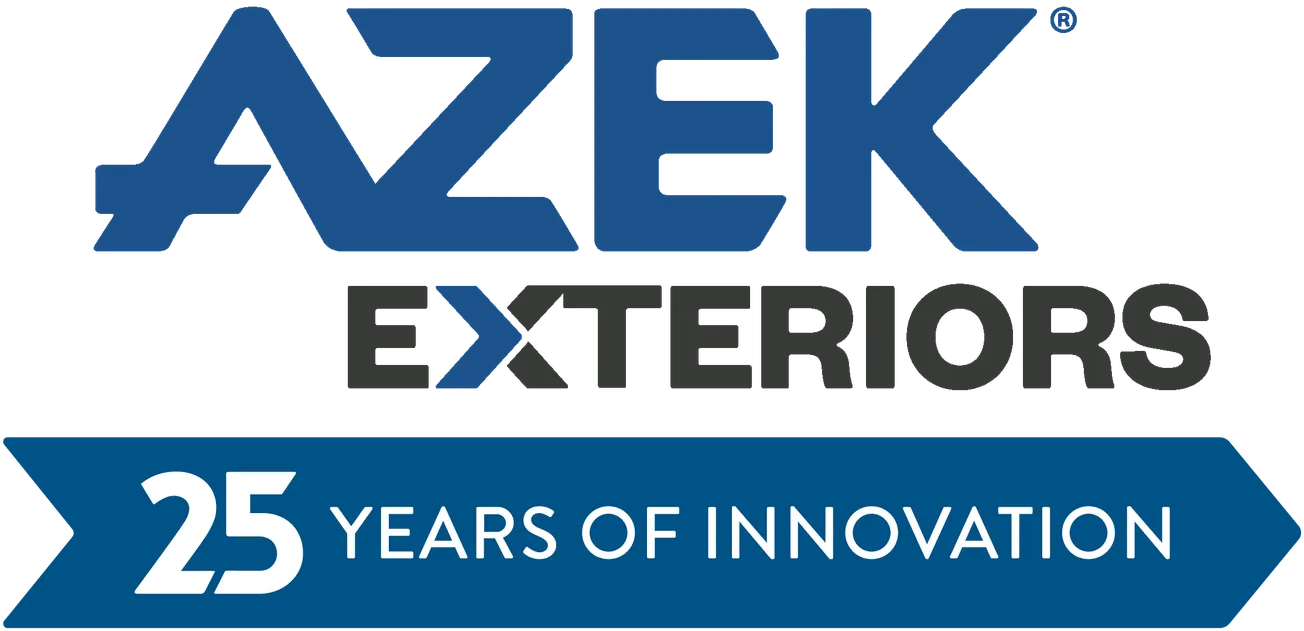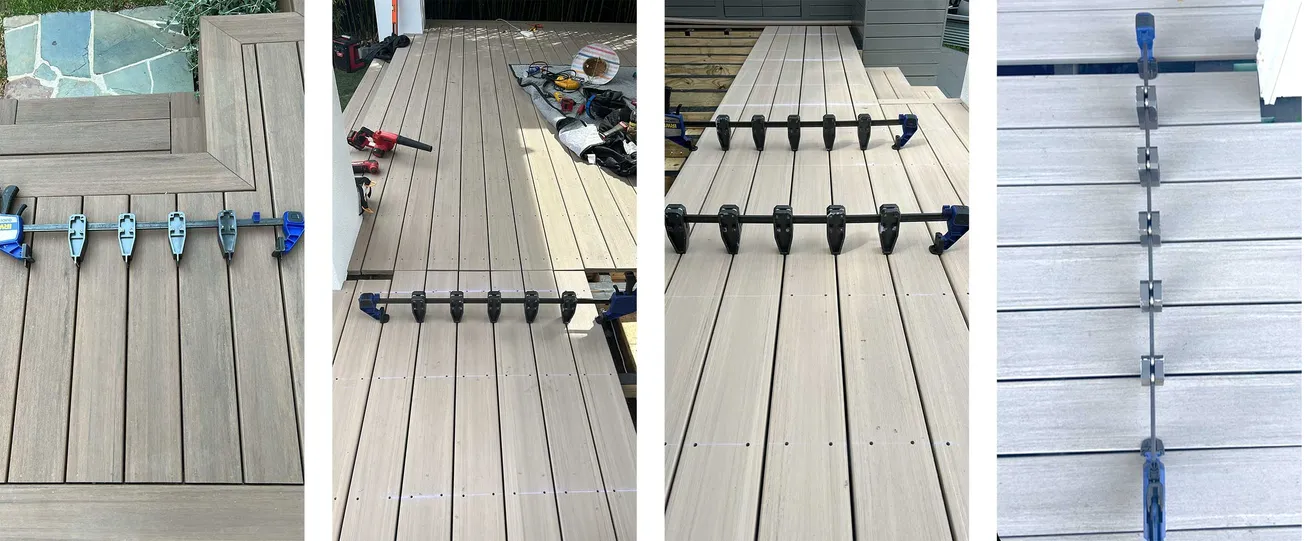Table of Contents
As professionals in the deck industry, most of us, at least in the privacy of our own minds, feel pretty confident in our abilities and our knowledge of the subject matter. After all, this is what we make our living at and what our reputation hinges on!
But what if we aren’t as infallible as we think? What if there are a few gaps and cracks in our armor? I mean, we are, after all, human, right? Let’s unpack this just a bit, and see if there are some underutilized opportunities.
Generally I’ve found people in the backyard living profession have either grown up in the trades or have had a more academic journey, perhaps working in several different industries with various companies, before transitioning to their current company, which happens to be a material supplier, service provider, or supporting member of this outdoor arena.
For those who grew up “swinging a hammer,” they might still be doing so as a craftsman at the pinnacle of their career, or perhaps they’ve transitioned on to a more managerial role, with less hands-on efforts. Either way, the bulk of what they know to be true is based on their personal experiences, bolstered by construction community and educational support sources. But it’s the proven, experienced lessons that drive what they do, what they know, and really, to some extent, their professional identity. They are a professional in this industry, because they built that reputation with their own hands.
On the other side are the educated professionals. Sure, they might have helped mow yards, wheelbarrow mulch, or move pavers with an uncle one summer between college years—but those aren’t the experiences that define them. Rather, that was just a color commentary that helped qualify them… while it’s the disciplined, focused efforts via higher education with knowledge and understanding that has been vetted by the various companies, coworkers, and accolades received. These are the consummate professionals—and they “know how business works’” and understand that those lessons are absolute truth—and fully applicable for this nuanced exterior industry.
The challenge comes in that the craftsman who is validated in what he knows by his personal experience is limited by that sphere of personal experience. He doesn’t know what he doesn’t know. For the educated professional, his struggle is based often on the inherent difference between head knowledge and heart knowledge, and not all theory directly translates into physical results.
For the craftsmen, the materials they work with, and the options, upgrades and accessories they recommend will be generally what they have worked with in the past and what has proven to perform well, with satisfied clients to back up those claims. They will also sorely remember anything that didn’t perform as promised, or when a little extra effort was needed to get a polished end result.
The professional in our example knows the specifications—and indeed might be able to reference a substantially wider body of research to back up his claims, selections or recommendations. It will often be very clear, almost black and white, just like it was written in the installation manual.
I’ve seen this dichotomy play out, often between professional engineers arguing for a detailed, specific, dare I say prescriptive installation, while the craftsman doesn’t have the sheer values of that specific fastener memorized, but just “knows” that this specific connection point needs blocking here, or additional fasteners there.
The professional relies primarily on memorized policies and principles with defined products and processes to answer problems, the craftsman on experiential testing and efforts based on prior successes or failures.
This difference of opinion can often be seen on larger commercial projects, with a craftsman muttering “whatever, but it’s not needed” under his breath while installing that hurricane clip on a ground-level wood deck, and the professional muttering “but it’s required to be installed with EXACTLY 11 fasteners!”
Now for the fun part; we MUST get both sides not only respecting and appreciating what the other brings to the table, but learning from them, and in the same way the “other team” learns. A craftsman can not easily learn span charts by practice; that’s best internalized by memorization of lab-test-supported documentation. Trial and error is too sloppy and too slow to ingest the data.
Likewise, that professional needs to get his hands dirty more often—to try, test and better understand how those pieces fit together, if it’s possible to get an accurate post cut, or what limitations arise when it’s raining during construction. Simply reading about these challenges will feel like a storybook—it must be lived for it to be fully understood!
Additionally, we need more, not less communication between all corners of the industry—and this communication must be given with utmost respect and humility. This isn’t about finding new audiences to brag about your accomplishments; no, it’s about swallowing your pride, asking a lot of questions, and being willing to ask them again if you don’t understand. It means stepping far outside of your comfort zone—putting on that collared shirt and sitting in a classroom for a few days (or shedding the collar and lacing up the boots!).
I’m here to say this isn’t just theory, but it actually works. I’m more closely aligned personally with the craftsman side of the equation, having fallen in love with building at the age of 5 and swinging a hammer every chance I got since then. I struggle in boring classes, and can barely memorize my kid’s birthdays. I’m a terrible student! But I put this concept into practice, and for the second year I attended classes at Virginia Tech taught by Dr. Frank Woeste, Buddy Showalter, Joe Loferski, and Scott Coffman—all highly educated, highly intelligent individuals, with impeccable educational accreditations. And as a “lowly deck builder’” I was in a room of over 50 engineers, design professionals, inspectors and others with many more of those same credentials and designations. It was intimidating for me to walk into!
What I found—and why I returned for a second year—was they were overwhelmingly polite, helpful, gracious and not just respectful to me as a person, but they treated this craftsman as a professional. My field experience and real world application knowledge were asked for and appreciated. In this positive environment we were able as a group to blend a more well-rounded understanding of best practices and smarter application in building without showmanship or offense.
So I leave you with this thought: look for opportunities to step out—far out—from your normal comfort zone. Look for training, resources and opportunities that might not be directly applicable for the tasks of tomorrow, but rather may open your eyes to something you’ve never thought of. Oh, and make sure to be really, really humble, because inevitably someone out there just might know more than you!










